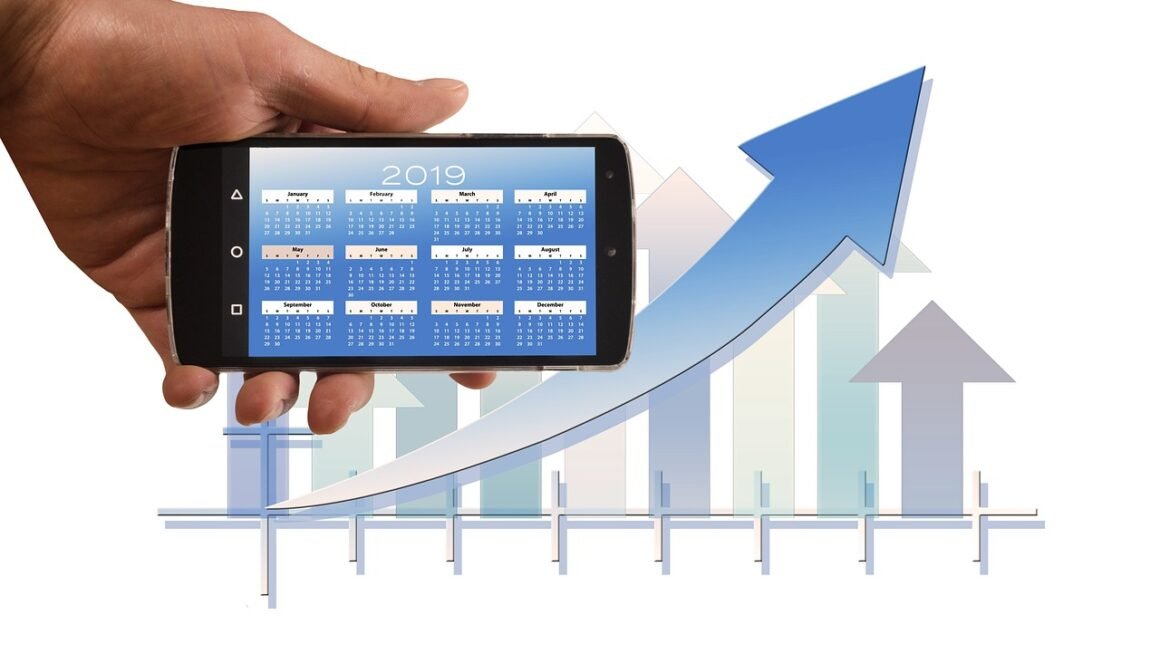The modern workplace demands efficiency and speed, and thankfully, artificial intelligence (AI) is stepping up to the plate. From streamlining email management to automating repetitive tasks, AI productivity apps are revolutionizing how we work. This isn’t just about doing more; it’s about doing the right things, freeing up valuable time and mental space for creativity and strategic thinking. Let’s dive into the world of AI-powered productivity and explore how these tools can transform your workflow.
AI-Powered Task Management
Understanding the Benefits of AI in Task Management
AI in task management goes beyond simple to-do lists. It offers predictive capabilities, smart prioritization, and automated scheduling, making it easier than ever to stay on top of your workload.
- Smart Prioritization: AI algorithms analyze deadlines, dependencies, and importance levels to suggest the most critical tasks.
- Automated Scheduling: AI can automatically schedule tasks, taking into account your availability, preferences, and the estimated time required.
- Predictive Insights: By analyzing your past performance, AI can predict potential delays and suggest adjustments to keep projects on track.
- Example: Consider an AI-powered project management tool like Asana with its AI features or ClickUp. These platforms can analyze the context of your tasks, suggesting related files, relevant team members, and even potential roadblocks. This eliminates the need for manual research and coordination.
Practical Applications and Examples
Let’s explore some concrete ways AI-powered task management can boost your productivity:
- Automatic Task Creation: Using tools like Zapier combined with AI services like OpenAI’s GPT models, you can automate the creation of tasks from email, chat messages, or even voice notes.
- Deadline Reminders and Adjustments: AI can analyze your progress and automatically adjust deadlines if it detects potential delays, providing timely reminders to keep you focused.
- Delegation Suggestions: Certain AI platforms can analyze team members’ skills and availability to suggest the best person to delegate a specific task to, optimizing resource allocation.
- Example: Imagine you’re a marketing manager. Using an AI-powered task management system, you could automatically create tasks for blog post creation when a new keyword is trending, assign them to writers based on their expertise, and set deadlines based on content promotion schedules.
Streamlining Communication with AI
The Role of AI in Email and Messaging
Email and messaging can be time-consuming distractions. AI offers powerful solutions to filter noise, prioritize messages, and even draft responses, helping you reclaim your inbox.
- Smart Inbox Filtering: AI can identify and filter out spam, marketing emails, and low-priority messages, ensuring you only see what’s truly important.
- AI-Powered Summarization: Tools like TL;DR This can quickly summarize long email threads or articles, allowing you to grasp the key information without reading every word.
- Automated Response Generation: AI can suggest canned responses or even draft entire emails based on context, saving you time and mental effort.
- Example: Gmail’s Smart Compose feature is a prime example of AI-powered email assistance. It predicts your next sentence as you type, significantly speeding up email creation.
AI-Driven Meeting Management
Meetings are often essential but can also be a major time sink. AI can help streamline the meeting process, making them more efficient and productive.
- Automated Scheduling: AI-powered scheduling tools like Calendly use smart algorithms to find the best meeting times for all participants, eliminating the back-and-forth emails.
- Real-Time Transcription and Summarization: AI transcription services can automatically transcribe meetings, providing searchable records and saving you the effort of taking notes. Some even generate summaries of key decisions and action items.
- Action Item Tracking: AI can automatically identify and track action items mentioned during meetings, ensuring accountability and follow-up.
- Example: Fireflies.ai integrates with various video conferencing platforms like Zoom and Google Meet. It automatically transcribes meetings, highlights key moments, and generates summaries, making it easier to review and share meeting information.
Content Creation and Research Assistance
AI for Writing and Content Generation
Creating compelling content can be a daunting task. AI tools are emerging that can assist with writing, editing, and even generating entire articles.
- AI-Powered Writing Assistants: Tools like Grammarly Premium and ProWritingAid use AI to identify grammar errors, suggest style improvements, and even provide plagiarism checks, ensuring your writing is clear and professional.
- Content Idea Generation: AI can analyze trending topics and keyword data to suggest relevant and engaging content ideas, helping you overcome writer’s block.
- AI-Driven Content Creation: Tools like Jasper and Copy.ai can generate different types of content, from blog posts and social media updates to marketing copy and product descriptions, based on your input.
- Example: If you’re struggling to write a compelling product description for your e-commerce store, you could use an AI content generator. By providing key details about your product, such as its features, benefits, and target audience, the AI can generate multiple variations of the description, allowing you to choose the best one or combine elements from different versions.
Simplifying Research with AI
Research is often a necessary but time-consuming part of many tasks. AI can significantly speed up the research process by automating data collection and analysis.
- AI-Powered Search Engines: Tools like Consensus search peer-reviewed research to quickly find relevant studies and evidence-based insights.
- Automated Data Extraction: AI can automatically extract relevant data from documents, websites, and databases, saving you hours of manual data entry.
- AI-Driven Data Analysis: AI can analyze large datasets to identify patterns, trends, and anomalies, providing valuable insights that would be difficult to uncover manually.
- Example: Suppose you are researching the impact of climate change on coastal communities. Using an AI-powered search engine, you could quickly find relevant scientific articles and reports, extract key data on sea-level rise and displacement rates, and analyze the data to identify trends and predict future impacts.
Automating Repetitive Tasks
RPA and Intelligent Automation
Repetitive tasks are a major source of inefficiency. Robotic Process Automation (RPA) and intelligent automation leverage AI to automate these tasks, freeing up your time for more strategic activities.
- Data Entry Automation: RPA can automate data entry tasks, such as transferring information from spreadsheets to databases or processing invoices.
- Workflow Automation: AI can automate entire workflows, such as onboarding new employees or processing customer orders.
- Decision Automation: AI can make simple decisions based on predefined rules, such as approving or rejecting loan applications.
- Example: Imagine you’re a customer service representative. Using RPA, you could automate the process of retrieving customer information from various systems, such as CRM, billing, and support tickets, when a customer calls. This would allow you to quickly access the information you need and provide faster, more efficient service.
AI-Powered Personal Assistants
AI-powered personal assistants like Microsoft Copilot, and Google Assistant are becoming increasingly sophisticated, offering a wide range of productivity-boosting features.
- Voice-Activated Task Management: Use voice commands to create tasks, set reminders, and manage your calendar.
- Smart Home Integration: Control smart home devices, such as lights, thermostats, and appliances, from your desk.
- Information Retrieval: Quickly retrieve information from the web, such as weather forecasts, news headlines, and stock quotes.
- Example: If you’re working on a presentation, you could use your AI-powered personal assistant to research relevant statistics, create a draft outline, and even generate presentation slides, all with voice commands.
Conclusion
AI productivity apps are no longer a futuristic fantasy; they are a present-day reality that can significantly enhance your workflow and boost your efficiency. By embracing these tools, you can automate repetitive tasks, streamline communication, improve content creation, and make more informed decisions. The key is to identify the areas where AI can provide the most value and choose the right tools to meet your specific needs. As AI technology continues to evolve, expect even more innovative and powerful productivity solutions to emerge, further transforming the way we work and live. Start experimenting today, and unlock the potential of AI to transform your productivity and reclaim your time.




